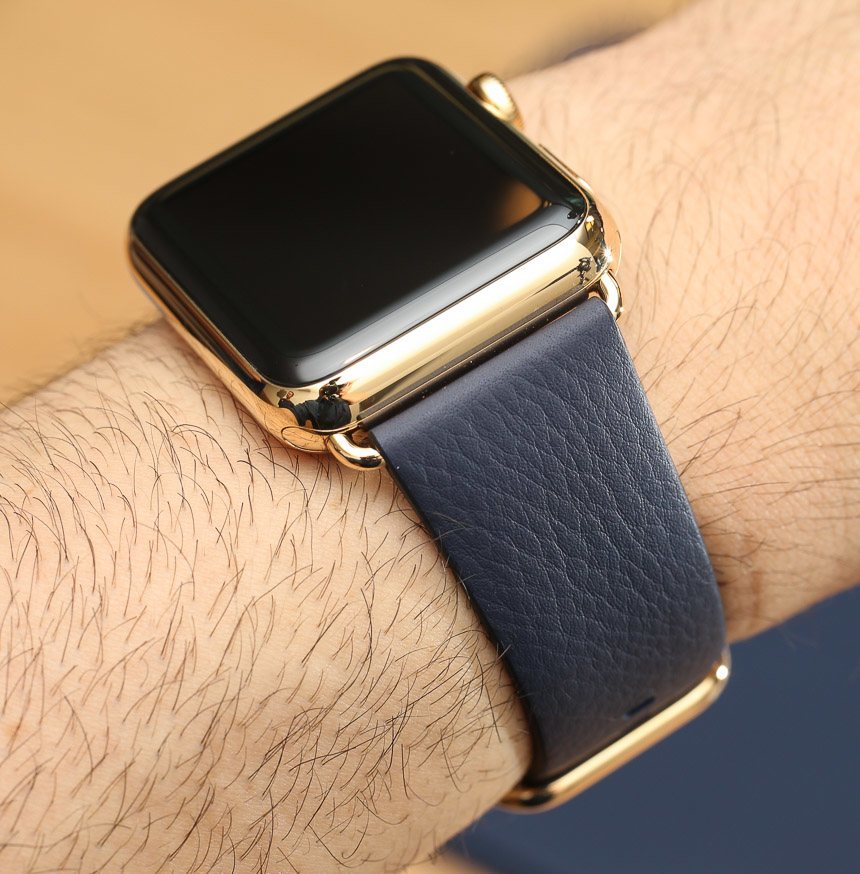
The Apple Watch is Not a Watch
April 17, 2015
Long before I tried on an Apple Watch last Monday at the Cherry Creek Apple Store and before I ordered my stainless steel watch with white sport band last Friday at 1:01 A.M. MST — since perhaps I saw the first images of the Watch at the 2014 September Event — I’ve been imagining how using an Apple Watch on a daily basis will change my daily life.
A lot of us in the tech world are still trying to figure out what the Apple Watch is. Is it a watch? Is it a tiny iPhone strapped to your wrist? Is it something else altogether?
Even as we consider how essential our smartphones have become — how much easier they make it for us to do things and become and learn and travel and understand the world and connect and communicate as never before, we are still painfully aware of how consciously we grapple with these devices. They’re smaller and lighter then they have ever been, yet sometimes they still feel a burden. We drop them on a sidewalk, or accidentally sit on them. We leave them in a cab and never see them again. We feel them coming between ourselves and our dinner companions.
There is an axiom in design that the best design is design that disappears. This measure of good design, is that design which so closely integrates the purpose and aesthetics of the object, that the user isn’t confronted, or in best cases, even aware, of the design process. It’s one of the biggest challenges in the realm of personal technology.
The Apple Watch is a major advancement toward blurring that line. I’ve been considering, for example, how many times I interact with my phone in an awkward way during my morning routine. I wake up, and check the weather and my schedule for the day. When I’m getting ready, I check to see when the next bus will be leaving, and whether there have been any urgent emails since I left work the day before. I check to see if the recipe for tonight’s dinner requires me to pull anything out of the freezer. I check to see which houseplants need to be watered and what tasks are urgent for the day. While all of this is information which enhances my ability to be prepared for and enjoy my life, to let my brain focus more on executive function and creative synthesis and less on storing information, it’s also about 20 different times in the space of an hour or two that I’m picking my phone up and putting it down or looking for it at hand when I’ve accidentally left it in the other room. This is also true during my commute, where my primary bag is a backpack, which is a kind of bag which is extremely convenient for carrying a lot of things simultaneously in a comfortable way, but not at all for accessing any of those items frequently. As I’ve been examining my daily routine, I see how things are about to improve toward information collection which is easier, friendlier, less domineering and more in tune with the rhythms of life.
I’m the first to admit that the Apple Watch is not without multitudes of flaws and weaknesses (looking at you, single day battery life). For some of us it still seems too big, for others, too small. There have been multiple reports of annoying wait times during loading of watch app screens. We’ve never seen a spinning wheel on our wrist before, and it doesn’t feel good. (That spinning wheel in particular is a reminder of all the times we’ve been at the mercy of technology.) Anyone who has followed the functional and aesthetic trajectory of the iPhone can surely see, though, that the Apple Watch, for what it is now, in all its glory and its shortcomings, is potentially an amazing first step towards thinking less about how we get information or how much of it there is, and more about what we do with it.